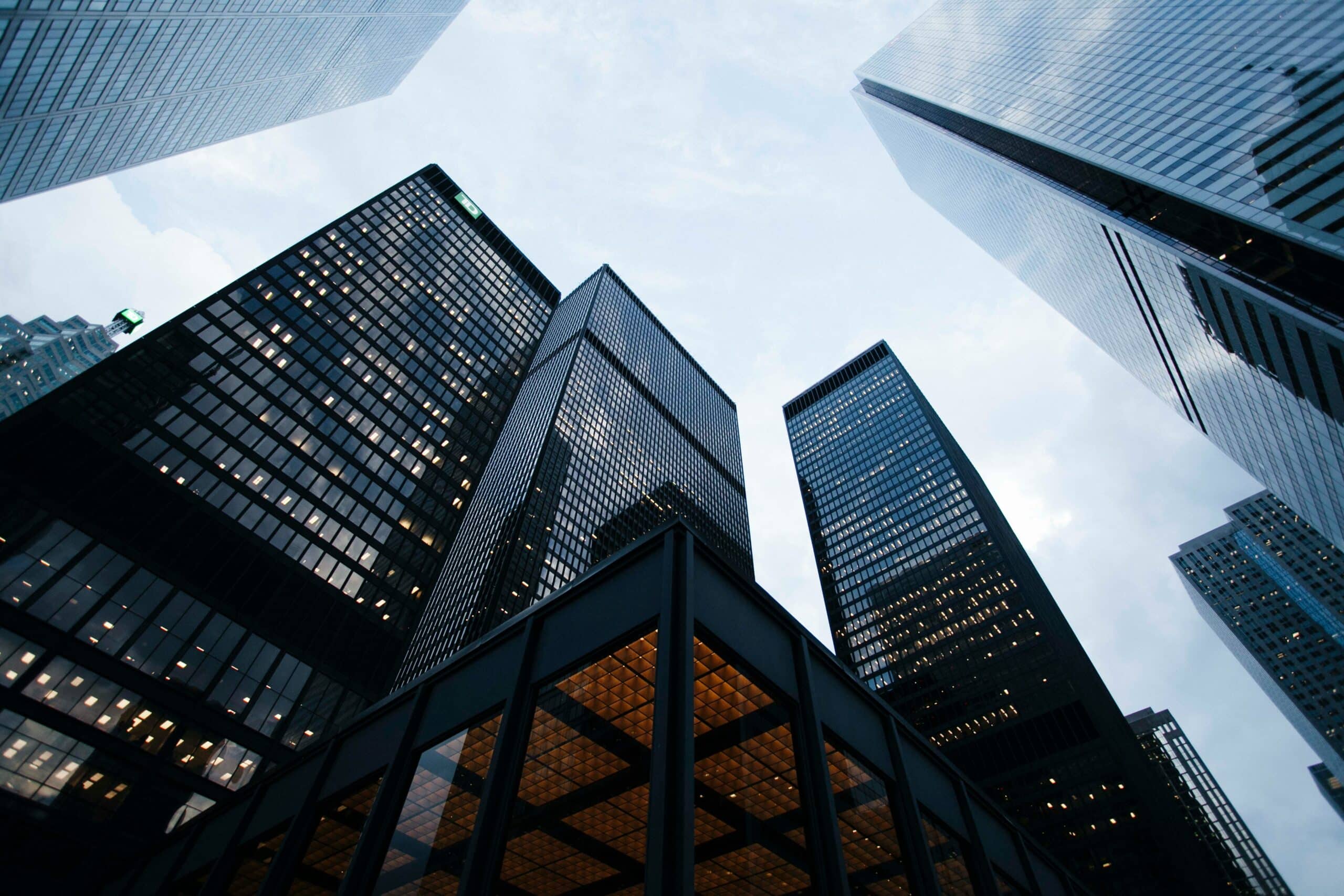Emotional Architecture: Designing Buildings that Influence Mood and Behavior
Introduction
Emotional architecture is an emerging field that explores how the built environment can influence human emotions and behavior. Architects are now designing spaces that go beyond aesthetics and functionality to evoke specific emotional responses from their occupants. This article explores the principles of emotional architecture and its impact on human psychology.
The Psychology of Space
Research shows that our surroundings can significantly affect our mood, productivity, and overall well-being. Factors such as lighting, color, and spatial layout play a crucial role in shaping our emotional responses. For example, open spaces with natural light are known to reduce stress and promote relaxation, while confined, dimly lit spaces can create feelings of anxiety and discomfort.
Designing for Emotional Impact
Architects use a variety of techniques to design spaces that elicit specific emotions. For example, biophilic design, which incorporates natural elements like plants and water features, has been shown to improve mood and reduce stress. Similarly, the use of warm colors and soft textures can create a calming atmosphere, while bold colors and sharp angles can evoke excitement and energy.
Examples of Emotional Architecture
Many iconic buildings incorporate emotional design principles. The “Therme Vals” in Switzerland, designed by Peter Zumthor, uses natural stone and water to create a tranquil, meditative space. In contrast, the “Guggenheim Museum” in New York, with its spiraling structure and dynamic interior, evokes a sense of wonder and exploration.
Conclusion
Emotional architecture is more than just creating beautiful buildings; it’s about designing spaces that connect with people on a psychological level. By understanding how architecture influences emotions, architects can create environments that enhance well-being, productivity, and happiness.
Finally, find out more on ArchUp:







